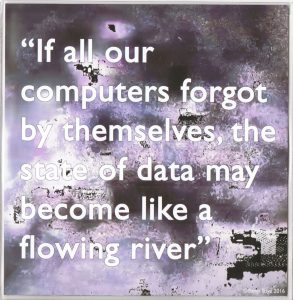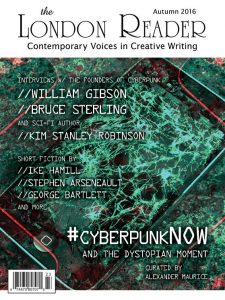CHILD: “Mother, where is our house?”
Mother: “Son, it’s been crushed. But don’t be scared. We will build another one.”
Child: “Mother, where is my school?”
Mother: “Son, the tent became your school.”
Child: “Mother, what is the future?”
Mother: “My son, the future’s unknown — nobody knows it except God.”
 “Nobody Knows” was written by a 14-year-old Syrian refugee and is featured in the latest issue of the The London Reader, “Home: Stories of identity, belonging, loss, and migration”.
“Nobody Knows” was written by a 14-year-old Syrian refugee and is featured in the latest issue of the The London Reader, “Home: Stories of identity, belonging, loss, and migration”.
These stories, drawings, and photographs come from a small group of Syrian girls aged 11 to 16. The girls are living in Akré Refugee Camp, a former-Suddam Hussein intelligence centre, in Kurdistan, Northern Iraq. The refugees’ houses are former holding cells. The camp has a heavy presence. When the building was first opened, all you would have seen, in every direction, was the peeling, yellow walls and, hung large on the 2nd floor, the Kurdish flag. Standing in the centre of the camp, turning in a circle, you would have seen the same image, again and again. The bareness. The despair.
When the children arrived in the camp, this scene of desolation and misery is all they had left to call home. The children had fled the Syrian war, some on horseback, many on foot, across the desert. They had been lined up at checkpoints, counted, told where to avoid landmines, and sent to the camps. Many of the children had lost relatives, and some had seen bodies scattered in the streets. Here, at the camp, the horrors that these young children witnessed are not spoken of. They are dealt with silently, gently, and personally.
The children, however, transformed the camp, reclaimed the space, called it their own. Over the last two years, the children have covered nearly every available wall with their thoughts, their feelings, their anger, their misery, their longing for the past, and their hopes for the future.
You can see more of the girls’ artwork and stories alongside other writers and artists exploring the concept of Home in PDF through Patreon.com or on Kindle through Amazon.co.uk or Amazon.com.



